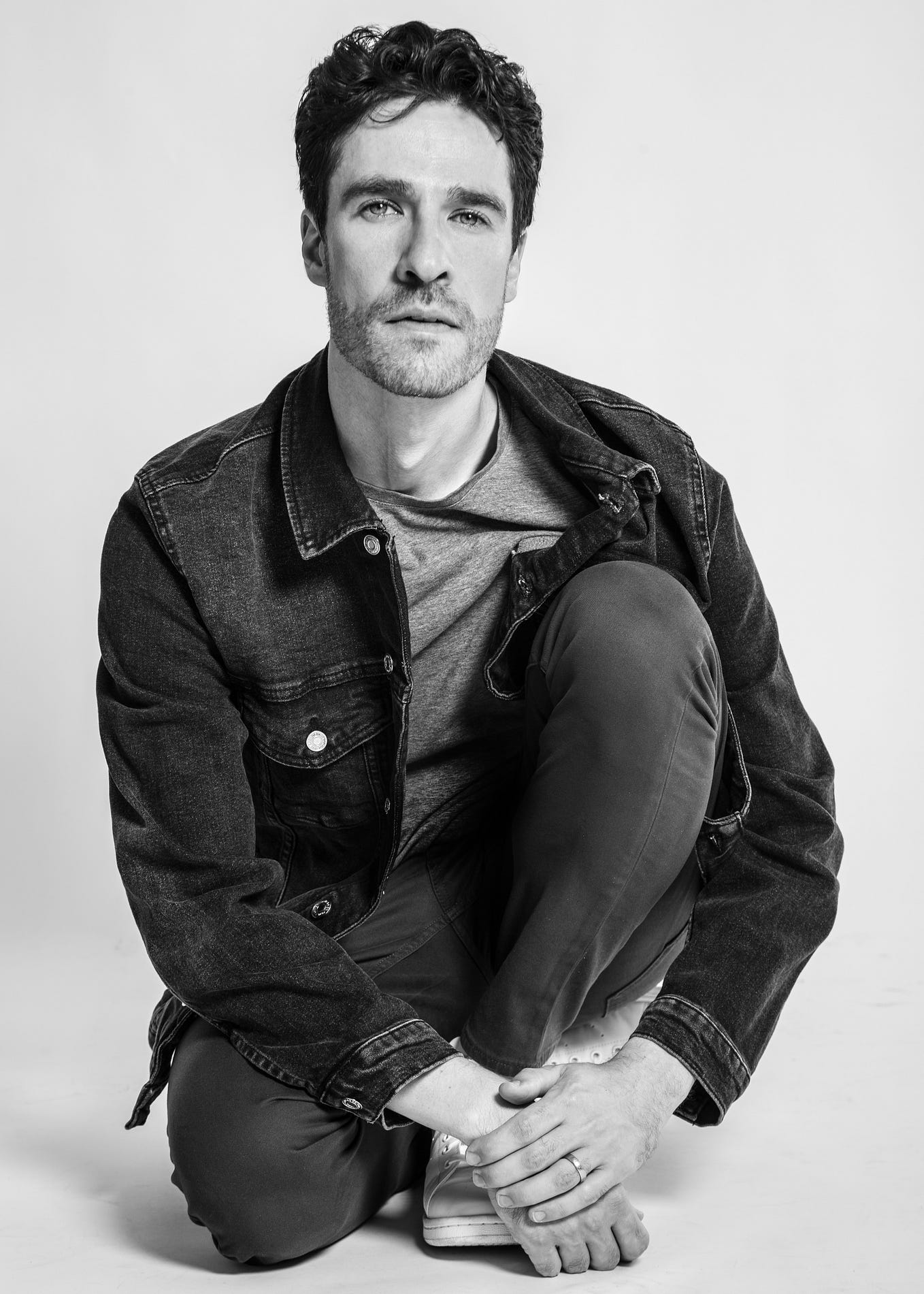Can leveraging unlabeled data truly revolutionize the classification process? A bold statement suggests that it might just be the missing piece in modern data analysis. The potential to harness vast amounts of unclassified information could redefine how we approach predictive modeling and enhance its accuracy significantly. This idea, though challenging, opens doors to unprecedented advancements in data science.
Data classification, a cornerstone of data analytics, involves creating models that predict categorical class labels. According to Han & Kamber (2001), this technique has proven invaluable across various domains. For instance, financial institutions use classification models to categorize loan applications based on risk levels. In healthcare, these models assist in diagnosing diseases from patient records. However, traditional methods rely heavily on labeled datasets, which are often expensive and time-consuming to produce. Enter the concept of utilizing unlabeled data – a promising yet complex solution that could democratize access to powerful analytical tools.
| Name | John Splithoff |
|---|---|
| Date of Birth | November 5, 1990 |
| Place of Birth | Phoenix, Arizona |
| Education | Bachelor's Degree in Music Composition |
| Career | Singer/Songwriter |
| Achievements | Two songs with over 60 million plays on Spotify |
| Reference | Spotlight Profile |
John Splithoff, a rising star in the music industry, exemplifies how creativity and technology intersect to create impactful art. At just 28 years old, he has achieved remarkable success with his tracks Show Me and Sing To You, accumulating over 60 million streams on Spotify. His journey began in Phoenix, Arizona, where he developed an early passion for music. Drawing inspiration from both personal experiences and familial influences, Splithoff crafts melodies that resonate deeply with listeners worldwide.
In another realm of professional excellence, Jenna Allchin emerges as a pivotal figure within Sydney's creative landscape. Known for her work at Tender Pictures - Prelude, she contributes significantly to visual storytelling through innovative techniques. Born and raised in Australia, Allchin brings a unique perspective shaped by local culture while maintaining global relevance. Her educational background from the University of Sydney equips her with skills essential for navigating today’s competitive media environment.
Catherine Clark, meanwhile, carves out her niche as a freelance chef specializing in human experience design. Based in Salt Lake City, Utah, she combines culinary expertise with branding strategies to deliver memorable dining experiences. Graduating from Utah State University, Clark leverages seasonal ingredients and sustainable practices to craft dishes that celebrate nature’s bounty. With over 28 connections on LinkedIn, she continues expanding her network within the gastronomy sector.
Programming models play a crucial role in advancing computational sciences. As outlined by BSC-CNS, these frameworks facilitate efficient problem-solving approaches tailored specifically towards high-performance computing environments. By integrating diverse methodologies such as book chapters, international conferences, journals, master's theses, etc., researchers can collaboratively develop cutting-edge solutions addressing real-world challenges.
The city planning framework plan serves as a blueprint guiding urban development initiatives aimed at fostering inclusive growth. Recognizing the necessity for enhanced community engagement during continuous municipal operations, 'We Will Chicago' underscores the importance of participatory governance models. Such efforts ensure equitable representation and accountability throughout decision-making processes impacting residents’ daily lives.
Meanwhile, trends shaping house music continue evolving rapidly thanks largely due to digital platforms like TikTok amplifying underground sounds globally. Despite some questionable fads emerging occasionally, artists like Zeds Dead maintain authenticity by collaborating meaningfully with establishments such as Katz's Delicatessen. Interviews conducted with industry professionals reveal insightful perspectives regarding what constitutes constructive versus detrimental tendencies within electronic dance music subcultures.
Ultimately, whether discussing data analytics innovations or artistic expressions, each domain benefits immensely from embracing interdisciplinary collaborations. By merging technical prowess with creative visionaries, society progresses toward realizing smarter, more interconnected futures capable of tackling multifaceted issues effectively.

